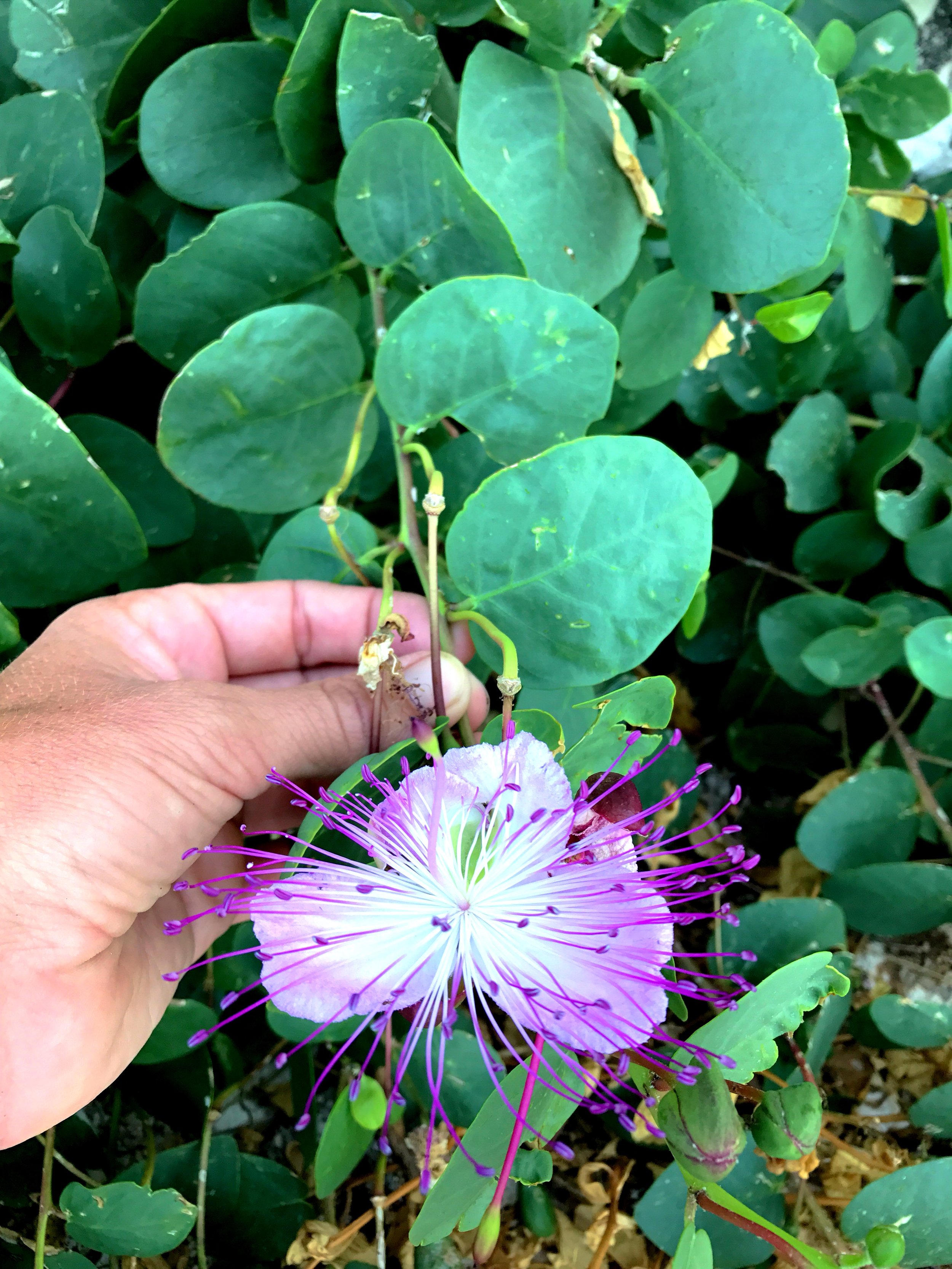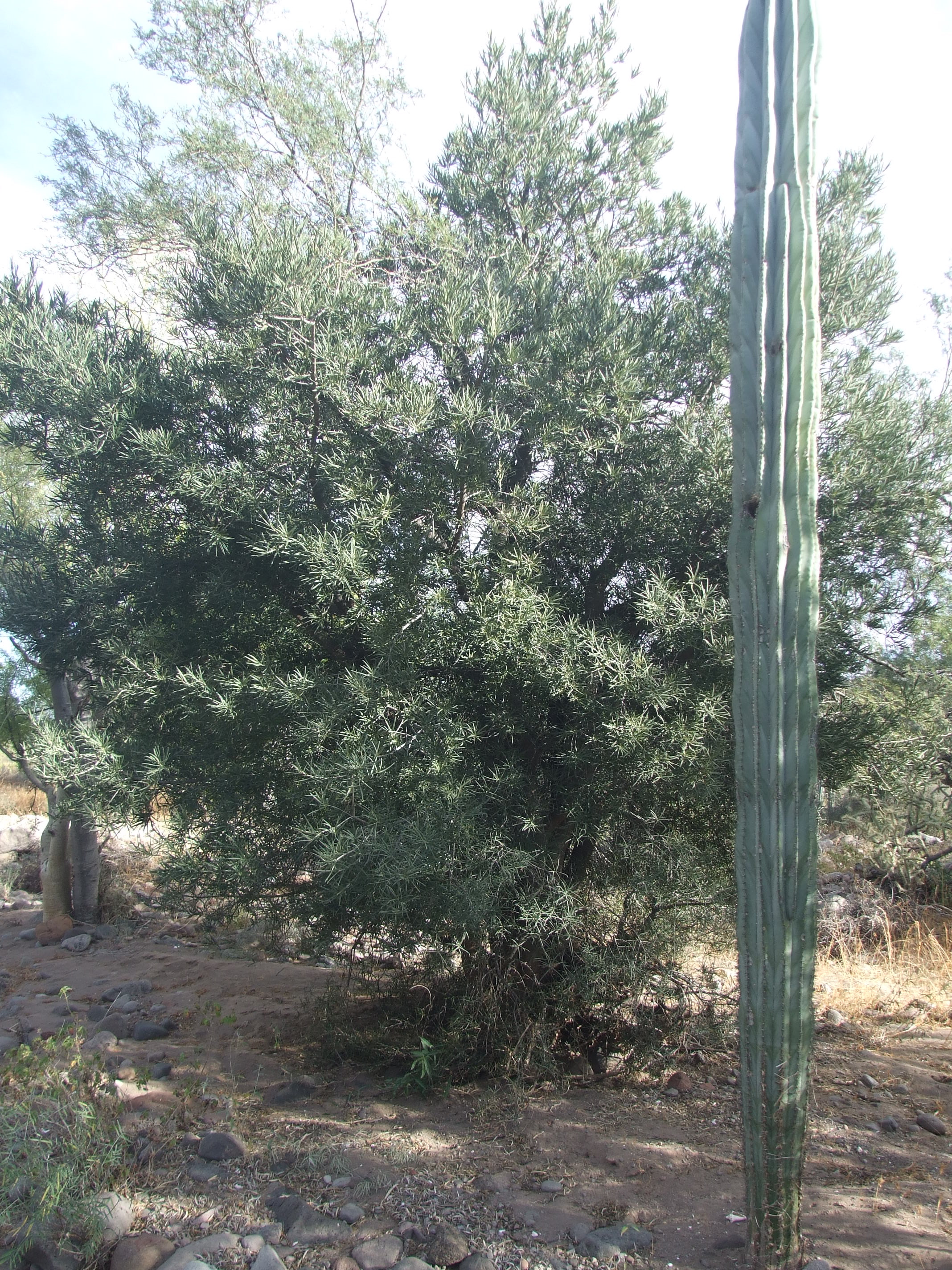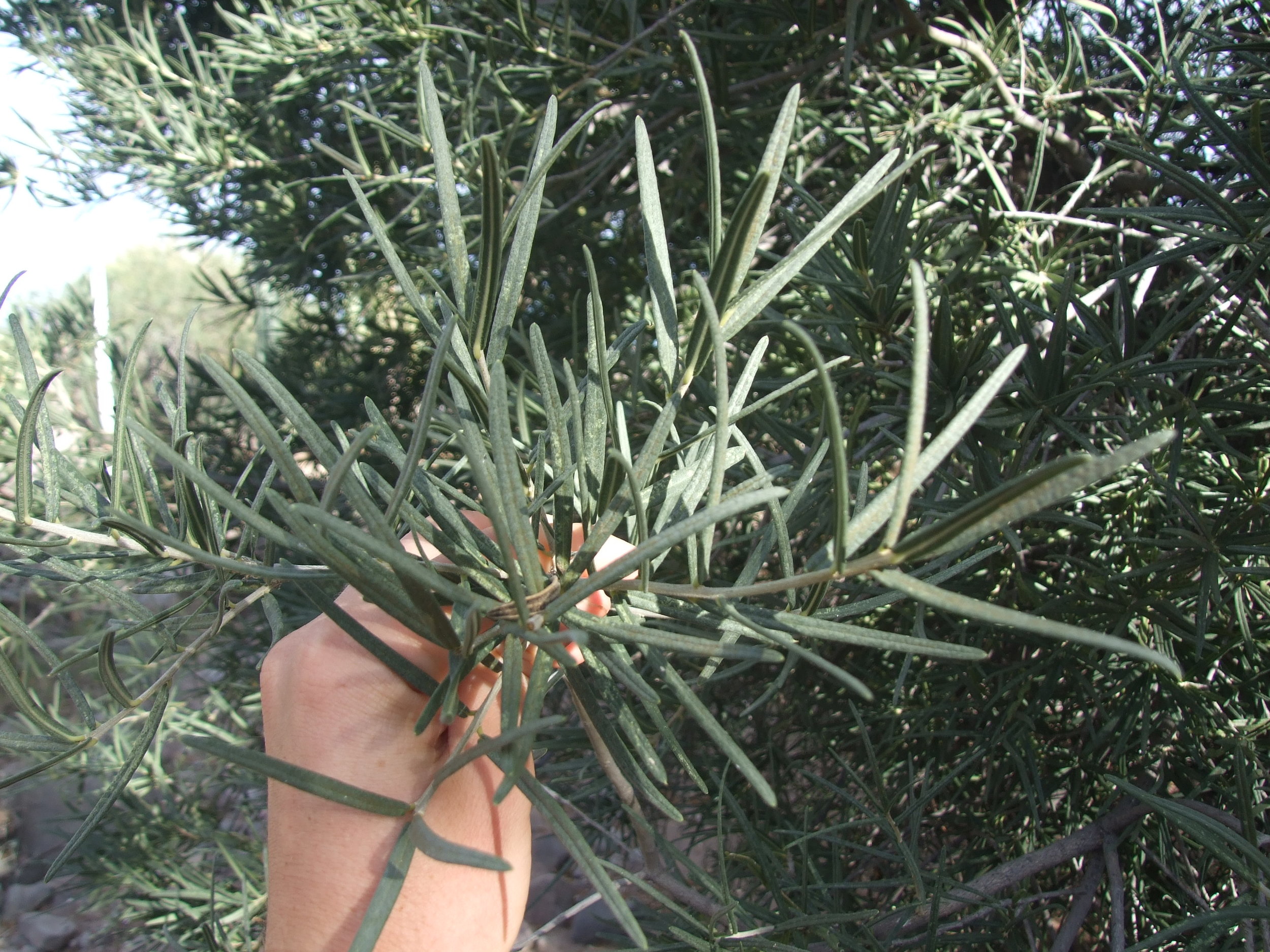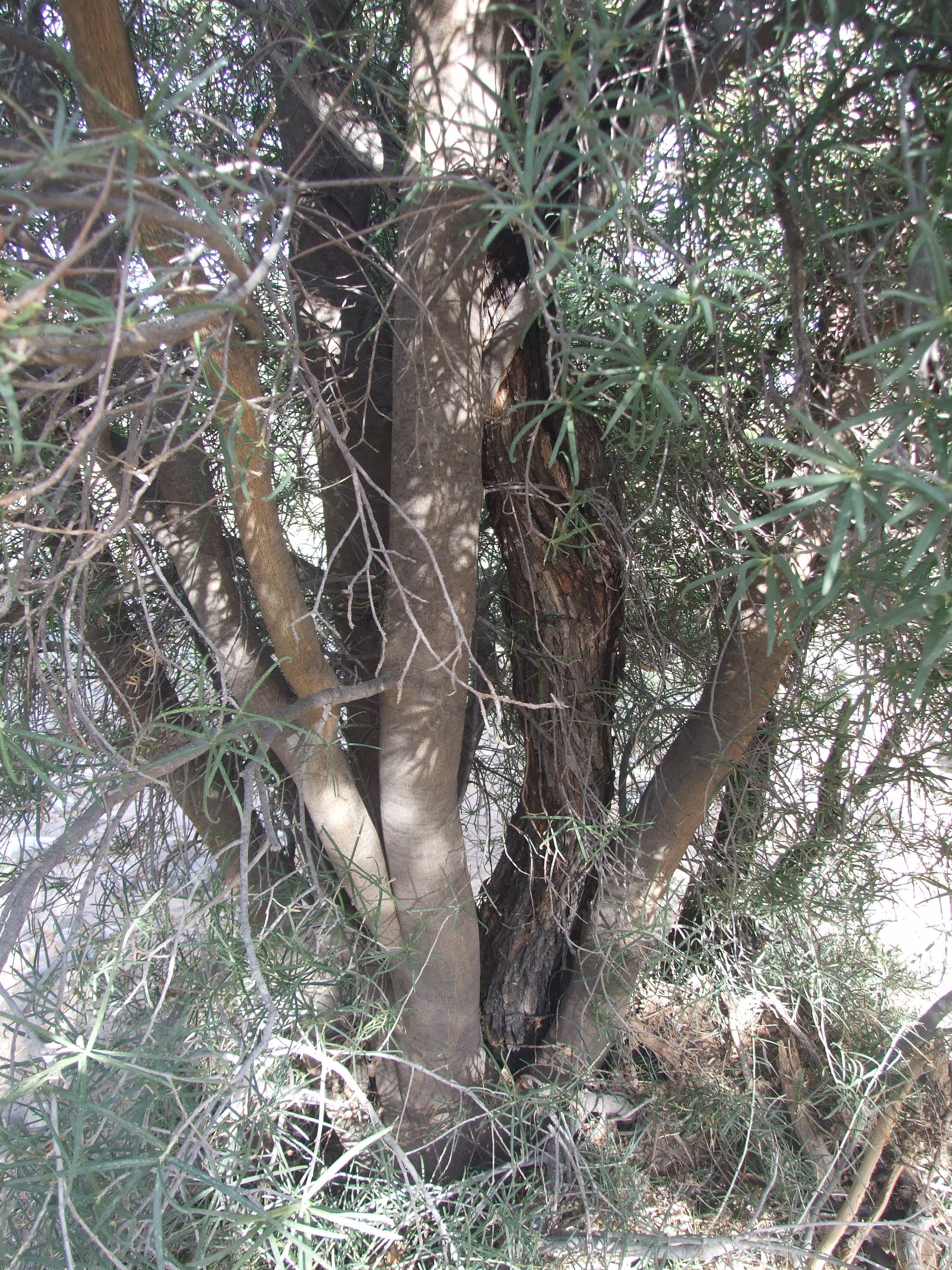Capparis spinosa growing in its natural habitat, on the limestone coastal cliffs in Kefalonia, Greece.
Capparis spinosa - Caper
ORIGIN AND DISTRIBUTION
Native to Europe - Mediterranean to E. Asia - Himalayas.
USES AND ETHNOBOTANY
The flower buds are pickled and used as a flavoring in sauces, salads etc. The young fruits and tender branch tips can also be pickled and used as a condiment. The flower buds are harvested in the early morning and wilted before pickling them in white vinegar. Young shoots can be cooked and used like asparagus.
In Greece caper leaves are eaten in addition to the pickled buds. The leaves can be similarly pickled or boiled and preserved in jars with brine. Caper leaves are excellent in salads and fish dishes. Dried caper leaves are also used as a substitute for rennet in the manufacturing of high quality cheese.
Capparis fruit, not yet mature.
The root-bark is analgesic, anthelmintic, antihaemorrhoidal, aperient, deobstruent, depurative, diuretic, emmenagogue, expectorant, tonic and vasoconstrictive. It is used internally in the treatment of gastrointestinal infections, diarrhea, gout and rheumatism. Externally, it is used to treat skin conditions, capillary weakness and easy bruising. The bark is harvested in the autumn and dried for later use. The stem bark is bitter and diuretic. If taken before meals it will increase the appetite. The unopened flower buds are laxative. They are used internally in the treatment of coughs, and externally to treat eye infections. The buds are a rich source of compounds known as aldose-reductose inhibitors - it has been shown that these compounds are effective in preventing the formation of cataracts. The buds are harvested before the flowers open and can be pickled for later use - when prepared correctly they are said to ease stomach pain. A decoction of the plant is used to treat vaginal thrush. The leaves are bruised and applied as a poultice in the treatment of gout.
PROPAGATION AND CULTIVATION
Capers can be propagated easily from seeds sewn in a well drained soil. Allow 2-4 weeks until germination.
Capparis spinosa on rock wall.
Caper is a rupicolous species, meaning it thrives among and/or inhabits rocks. It is widespread on rocky areas and is grown on a wide range of different soil associations, including alfisols, regosols and lithosols. C. spinosa can tolerate both silty clay and sandy, rocky or gravelly surface soils, with less than 1% organic matter. It grows on bare rocks, crevices, cracks and sand dunes in Pakistan, in dry calcareous escarpments of the Adriatic region, in dry coastal ecosystems of Egypt, Libya and Tunisia, in transitional zones between the littoral salt marsh and the coastal deserts of the Asian Red Sea coast, in the rocky arid bottoms of the Jordan valley, in calcareous sandstone cliffs at Ramat Aviv, Israel, and in central west and northwest coastal dunes of Australia. It grows spontaneously in wall joints of antique Roman fortresses, on the Wailing Wall, and on the ramparts of the castle of Santa Bárbara (Alicante, Spain). Moreover, this bush happens to grow in the foothills of the southern Alps (Verona, Italy) and is a common species on city walls in Tuscany (Italy) and on bastions of Mdina and Valletta (Malta). Clinging caper plants are dominant on the medieval limestone-made ramparts of Alcudia and the bastions of Palma (Majorca, Spain).
Capparis spinosa in its native habitat on coastal, exposed limestone rocks, Ionian Islands, Greece.







